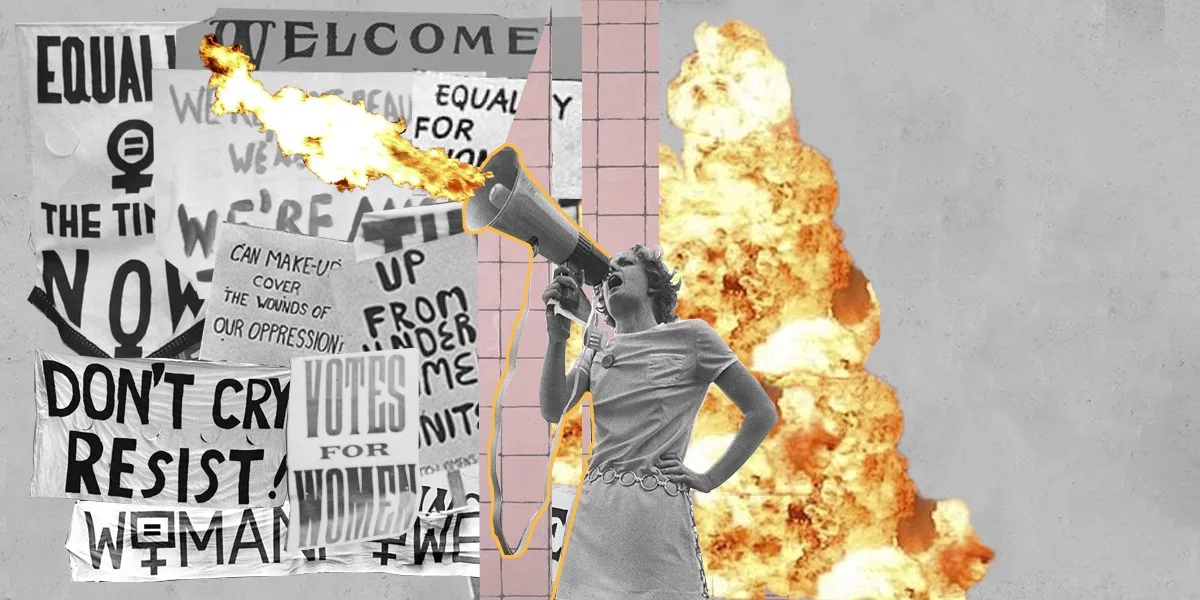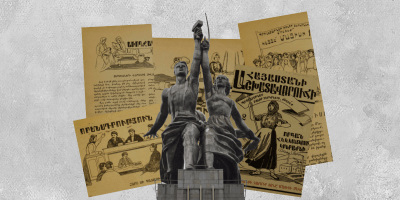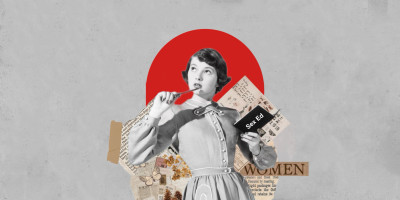
In the midst of the flowers and celebratory messages, it is easy to forget and overlook what International Women’s Day is really about. Celebrated on March 8, International Women’s Day emerged from the labor movements across Europe and North America. It started in New York when in 1908, 15,000 women marched through the city demanding the right to vote, better wages and shorter working hours.
Clara Zetkin, a German communist activist and an advocate of women’s rights, was the person who suggested having an International Women’s Day. In 1910, she introduced the idea to the International Conference of Working Women in Copenhagen, where 100 women from 17 countries unanimously agreed to it.
The first countries that celebrated it in 1911 were Austria, Denmark, Germany and Switzerland. There was no fixed date to celebrate it until years later when Russian women started a strike demanding “bread and peace.” The strikes led to the women gaining a right to vote and the tsar stepping down. The protests began on March 8 (February 23 in the Gregorian calendar), which later became the official date of International Women’s Day.
Although already present in some countries, it became official when in 1975, the United Nations started to celebrate International Women’s day. According to the UN, this year’s theme is “Gender equality today for a sustainable tomorrow,” which focuses on the contributions women have in climate change mitigation.
Over the years, it has become commonly celebrated around the world. It is a reminder of how far women have come in their struggle for equality and how far they still have to go.
In many parts of the world, different traditions of celebration have developed. In Armenia, too, March 8 is widely celebrated. It is officially a day off when people get together with their families and friends to party.
However, the nature of the celebrations seems to have diverted from International Women’s Day’s original meaning. It has become a day to celebrate femininity and beauty, losing its political significance and importance. The day signifying women’s struggle and activism translated into celebrating women’s traditional roles in Armenian society. It is used to reinforce and praise their conventional roles as mothers, caregivers and passive objects of admiration for their beauty.
While celebrating and praising women may be nice, it is crucial not to forget how this day came about. International Women’s Day and the events leading to its creation are important reminders of women’s achievements and their historical role. They are also a reminder of the equality yet to achieve and the work yet to be done.













